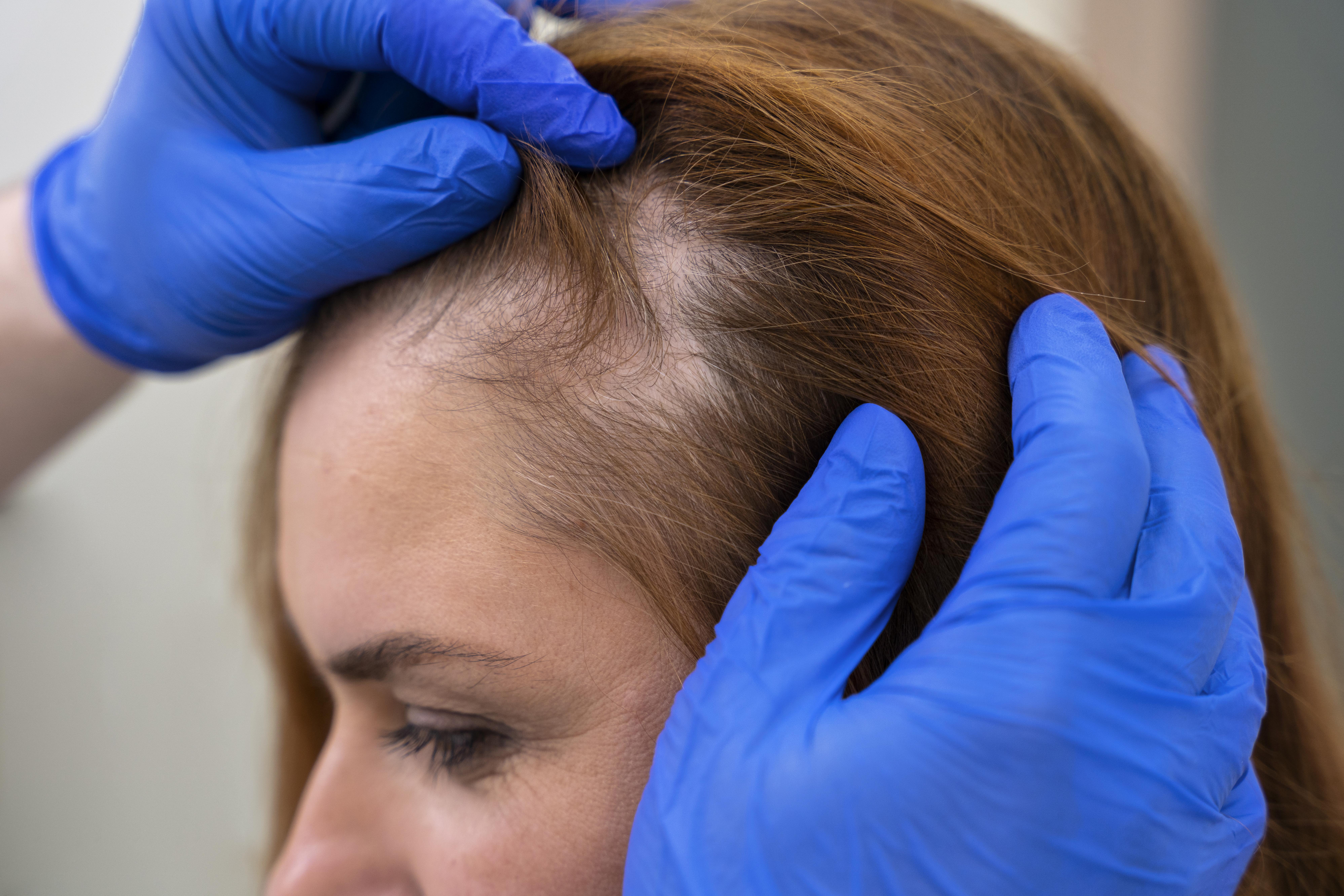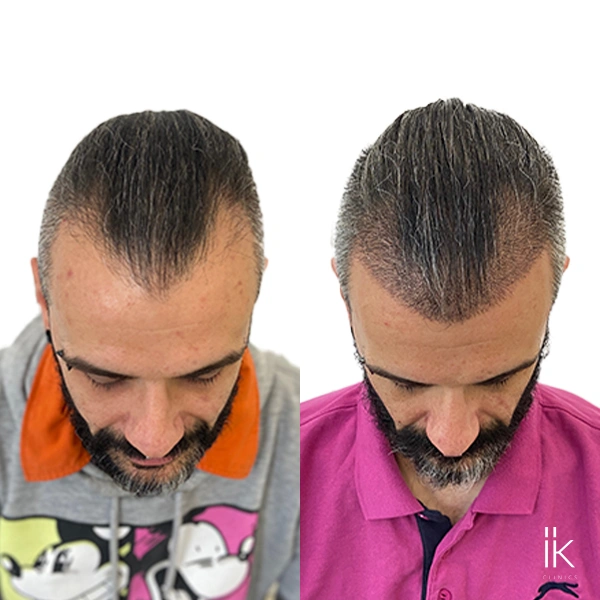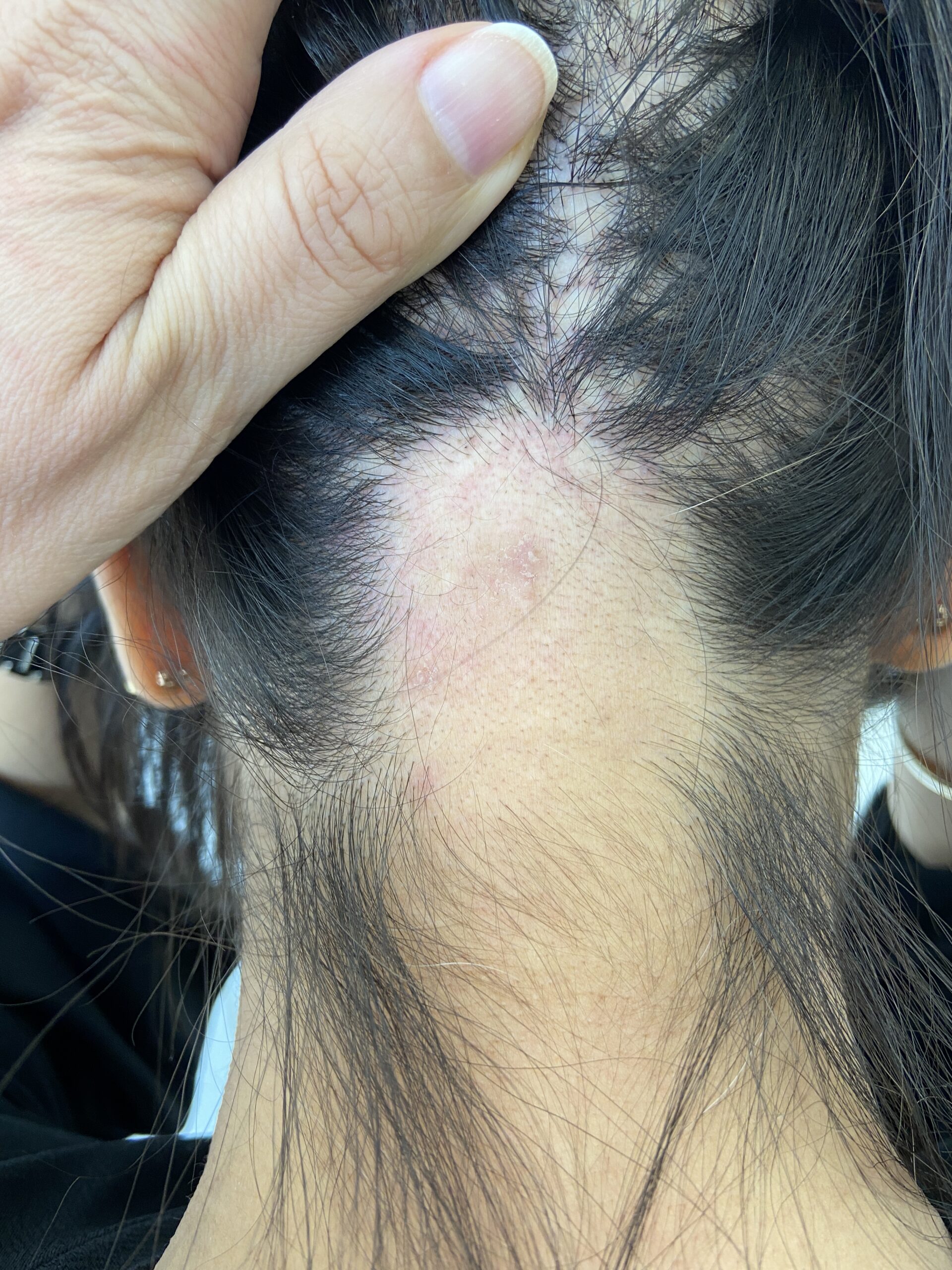Hair loss is a sensitive and deeply personal issue that affects millions of people around the world.
Despite how common it is, there are still plenty of myths and misconceptions about why it happens and what can be done about it. For those considering hair restoration treatments, it’s essential to know what’s true and what isn’t.
By shedding light on these misconceptions, we hope to make the topic a little less intimidating and provide insights to help you make informed choices.
Understanding Hair Loss: Not Just a Men’s Problem
A widespread belief about hair loss is that it only affects older men. While male pattern baldness often begins in the 30s or 40s, it can actually start much earlier, even in the late teens.
Additionally, women are not immune to hair loss – many experience it due to hormonal changes, stress, or age-related factors. Recognising that hair loss affects all genders and age groups can make those experiencing it feel less isolated and more willing to explore options for managing it.
The Genetics Factor: It’s Not Just Your Mother’s Side
A common myth about hair loss is that it’s inherited exclusively from the mother’s side of the family. In truth, the genetics behind hair loss are far more complex.
While it’s true that certain genes linked to hair loss can be inherited, they come from both sides of the family, not just the maternal line. If hair loss runs in the family, it’s likely a mix of genes from both parents, making it impossible to blame one side of the family tree.
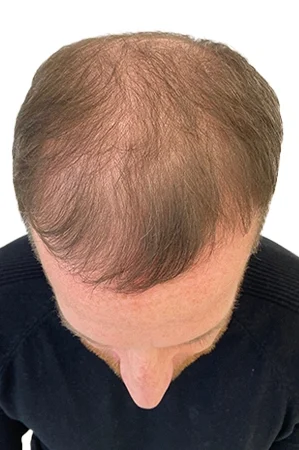
The Hat Myth: No, Hats Don’t Cause Hair Loss
Another frequently mentioned myth is that wearing hats can cause hair loss. Some believe that hats might restrict blood flow to the scalp or cause the hair follicles to weaken. However, there’s no scientific evidence to support this idea.
Hats don’t exert enough pressure on the scalp to impact blood flow, nor do they affect follicle health. Hair loss is a biological process tied to genetics, lifestyle, and other factors – not the type of hat you wear or how often you wear it.
The Cost Misconception: Hair Restoration Is More Affordable Than You Think
It’s a common belief that hair restoration treatments are expensive and only accessible to the wealthy. While it’s true that hair restoration used to be a luxury, advances in technology and increasing demand have made many treatments more affordable.
Options like hair transplants, laser therapy, and specialised topical treatments are now available at different price points, and many clinics offer financing plans to make them accessible to more people.
If cost has been a barrier, exploring these newer options may be a good step towards getting the treatment you need.
Not All Treatments Are the Same
When it comes to hair restoration, there’s no “one-size-fits-all” solution. The misconception that all treatments work the same way can lead to disappointment if expectations aren’t managed.
For instance, Follicular Unit Extraction (FUE) transplants individual follicles and is suitable for pattern baldness, while Platelet-Rich Plasma (PRP) therapy uses your own blood plasma to stimulate thinning areas.
Non-invasive options like Low-Level Laser Therapy (LLLT) use laser light to promote hair growth. Each treatment is designed for specific needs and hair loss types, so consulting a professional, like our team at IK Clinics, is crucial to finding the best fit for you.

Fear of Pain: Modern Treatments Are Minimally Invasive
A big worry for some considering hair restoration is the fear that treatments will be painful. Thanks to advancements in technology, most modern procedures are minimally invasive and virtually painless.
For example, FUE transplants are performed under local anaesthesia, and patients typically report only minor discomfort. Non-invasive treatments, such as PRP and laser therapy, are generally painless and involve mild sensations rather than actual pain.
Reputable clinics prioritise patient comfort, using anaesthesia and numbing agents to ensure a comfortable experience.
The Expectation of Instant Results
One misconception is that hair restoration treatments deliver instant results. Hair growth, however, is a gradual process that takes time. After treatments like hair transplants, it can take several months for new growth to become noticeable.
Generally, visible changes begin around three to four months post-treatment, with full results becoming apparent after about a year. PRP and laser therapy also require a series of sessions to achieve optimal results.
Therefore, being patient and having realistic expectations are crucial to a satisfying experience.
Concerns Over a “Fake” Look
People sometimes fear that hair transplants will look unnatural, harking back to the days of “hair plugs.” Fortunately, modern techniques are highly advanced.
With FUE, skilled practitioners carefully place individual follicles to mimic natural growth patterns and match the patient’s hair density and direction.
This meticulous process leads to a result that looks entirely natural and blends seamlessly with the patient’s existing hair. Choosing an experienced and reputable clinic is essential to achieving these natural-looking results.
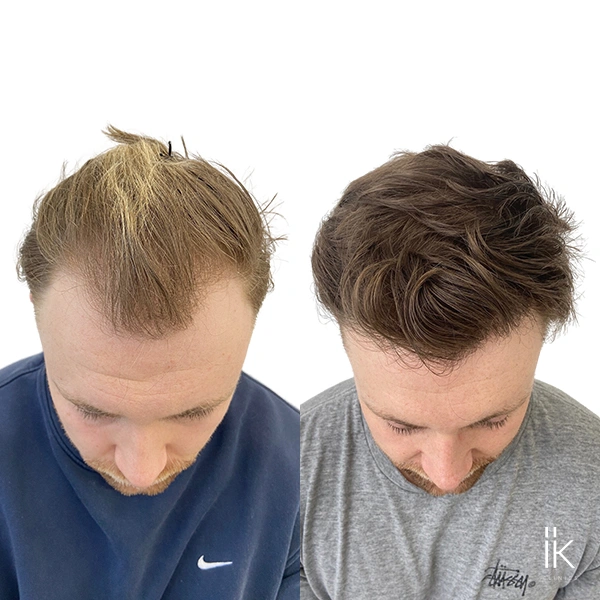
Hair Transplants Are Not the Only Solution
Another myth is that hair transplants are the only way to address hair loss. While transplants are popular and effective, they aren’t the only option. Topical treatments like minoxidil can slow hair loss, while oral medications like finasteride block DHT, a hormone linked to hair loss in men.
Women may benefit from hormone therapy if their hair loss is related to hormonal changes. Non-surgical options such as PRP, laser therapy and stem-cell therapy are also effective, especially for early-stage hair loss.
Consulting with a specialist will help determine the best solution or combination of solutions for each individual.
A Lifetime Commitment Isn’t Always Required
Some people worry that once they start hair restoration, they’re “stuck” with it forever. While certain treatments, like minoxidil and finasteride, need continued use to maintain their effects, not all treatments require lifelong commitment.
For example, hair transplants are generally permanent, as the transplanted follicles are resistant to the hormones causing baldness. PRP or laser therapy may benefit from occasional maintenance but don’t require continuous treatment.
Each treatment varies, so working with a professional can help clarify what commitment is needed.
Hair Restoration Isn’t Just for Severe Cases
Another misconception is that hair restoration treatments are only for people with significant hair loss. In reality, people experiencing mild or moderate hair thinning can also benefit from early intervention.
Starting treatment at the first signs of hair loss can slow or stop the process, making it easier to maintain hair density. For example, low-level laser therapy and topical treatments can be highly effective for early-stage hair loss, helping to preserve and strengthen existing hair.
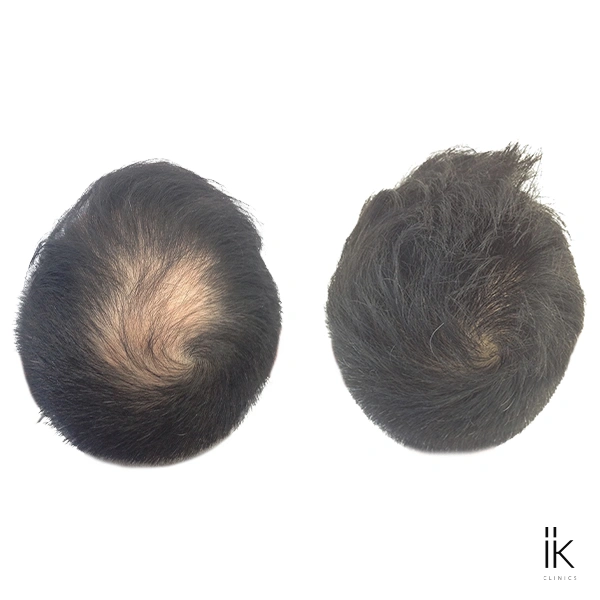
Not All Products Are Scams
With so many “miracle cures” on the market, some people assume that all hair loss products are scams. While it’s true that many unverified products exist, there are also several scientifically proven treatments.
Minoxidil and finasteride, for instance, are FDA-approved and have shown positive results for many users. The key is to select products that are recommended by a professional or are backed by regulatory approval.
Avoiding unverified products and consulting with qualified professionals is essential for safe, effective treatment.
Moving Forward with Confidence
For those exploring hair restoration, understanding these misconceptions can make the process feel less overwhelming. Hair loss may be challenging, but with a wide range of safe, affordable, and effective treatments available, there are options to suit almost everyone’s needs.
Take the time to consult with a specialist, set realistic expectations, and choose treatments that align with your goals.
Hair restoration is a unique journey, and everyone’s experience will differ. By staying informed and keeping an open mind, you can take confident steps toward the right solution for your hair restoration goals.
About IK Clinics
At IK Clinics, we’re not afraid to say that we’re proud to lead the way. Our expert team, advanced technology, and commitment to patient care ensure you get the best experience from start to finish.
What’s more, we offer a range of services in hair restoration, like FUE, Stem-cell and Plasma Therapy, along with various anti-aging treatments. Get in touch to find out more or book a consultation.
